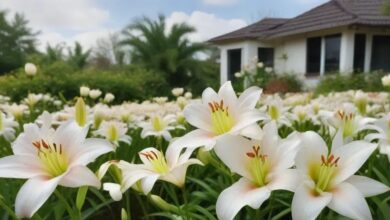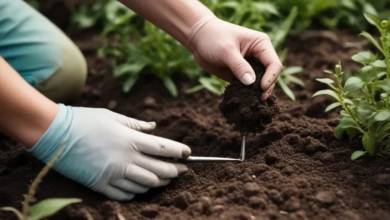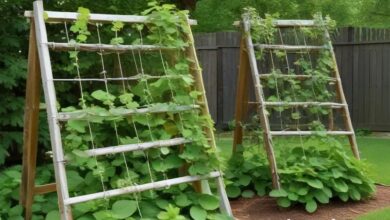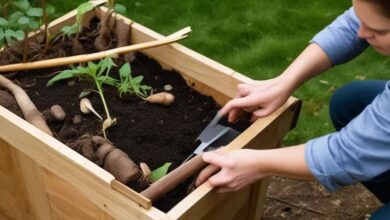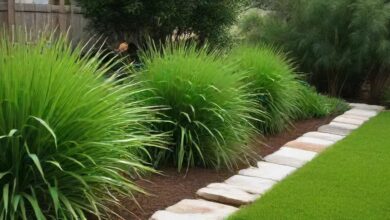How Used Coffee Grounds Can Supercharge Your Plants
Discover how these Coffee grounds can enhance soil health, deter pests, and promote lush growth in your garden.
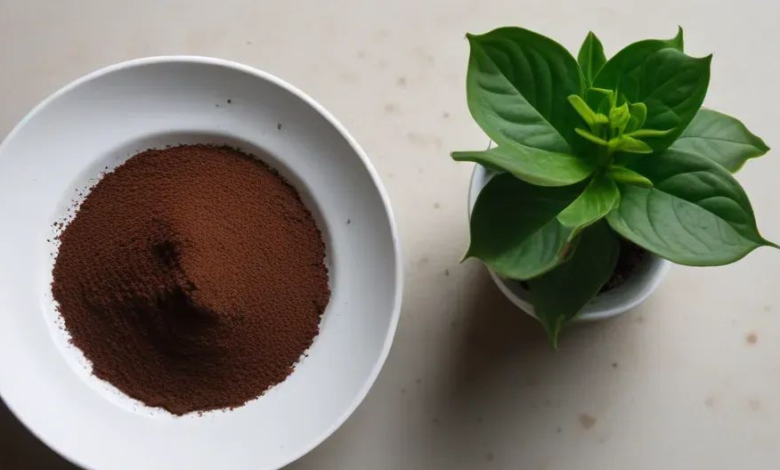
For many of us, coffee is the first thing in the morning. However, did you know that the grounds that remain after brewing can actually be quite beneficial to plants? There are a lot of ways in which your crop might benefit from using used coffee grounds as fertilizer. Using coffee grounds as plant fertilizer has several advantages, and this tutorial will show you how to use them correctly in your gardening practice while also dispelling certain myths.
Understanding the Nutritional Benefits:
The soil can be improved and plant life can be enhanced by adding the nutrients found in used coffee grounds. They are rich in nutrients that plants need to grow, such as nitrogen, potassium, phosphorus, and trace minerals. Furthermore, plants that thrive in acidic environments, such as blueberries, azaleas, and rhododendrons, find coffee grinds to be an ideal fertilizer due to their slightly acidic pH.

Improving Soil Structure:
Coffee grounds not only add nutrients to the soil, but they also improve its structure. Soil aeration and drainage are both improved by its organic content, which breaks up compacted soil. Soils made of clay are particularly prone to being compacted and saturated, thus this is a godsend. A healthier growing environment for plants can be achieved by adding coffee grounds to your garden beds or compost pile.

Natural Pest Repellent:
Slugs, snails, and ants aren’t the only pests that can be naturally repelled by coffee grounds. These bugs avoid locations where coffee grounds are prevalent because the rough texture bothers their sensitive bodies. Put some coffee grounds around plants that are especially susceptible to damage, or build a barrier to keep pests out of your garden.
Composting with Coffee Grounds:
The compost pile is a typical place to find used coffee grinds put to good use. Because of their high nitrogen content, coffee grinds are an ideal “green” compost material. The carbon-to-nitrogen ratio is improved when “brown” compost materials, such as dried leaves or paper, are combined with coffee grounds. This results in a more rapid decomposition process and compost that is rich in nutrients, which is great for your garden.

Tips for Using Coffee Grounds in the Garden:
- For the sake of your plants and the beneficial bacteria in your compost or garden, wait until the coffee grounds have cooled before adding them.
- Use coffee grounds as mulch around plant bases or incorporate them into soil for improved plant growth.
- If you’re gardening in an area where acidic soil can kill plants, use very little coffee grounds.
- If you use too many coffee grounds, they will compact into a mat that will prevent water from penetrating and oxygen from reaching the soil.
- Try a few different ways of adding coffee grounds to your gardening regimen to see what your plants and soil respond to best.
Debunking Common Myths:
The usage of coffee grounds in gardening is often misunderstood, despite the numerous benefits they provide. A common misconception is that plants would die if exposed to acidic coffee grounds. Although coffee grounds do contain a slightly acidic pH, they pose no health risks when used moderately. Coffee grounds actually have a beneficial acidity for many plants, especially those that thrive in acidic soil.
Conclusion
You may make better use of used coffee grounds by adding them to your garden for a more robust and healthy landscape. Coffee grounds provide a plethora of uses for plants and the environment, including nutrient provision, soil structure improvement, and pest deterrent. You can discover the environmental benefits of this common kitchen waste by introducing coffee grounds into your gardening practice and dispelling popular misconceptions. Your garden will flourish as a result.
Frequently Ask Questions
Which plants do not like used coffee grounds?
Even plants that thrive in acidic environments, such as blueberries, azaleas, and hollies, should not be applied directly to soil since the grounds are typically too acidic. Geraniums, asparagus ferns, Italian ryegrass, Chinese mustard, and coffee grinds all stunt plant development.
Can I just sprinkle coffee grounds on plants?
Although brewed grounds are more commonly used by gardeners, fresh coffee grounds can also be utilized. Because of the acidity and caffeine levels in fresh grounds, which can burn plant roots, only decomposed coffee grounds should be added to soil. Prevent the growth of mold by ensuring the soil is not excessively moist.
Do plants grow better with coffee grounds?
Fertilizing plants with nitrogen from coffee grounds or brewed coffee results in lush, verdant growth and sturdy stems.
What are the disadvantages of coffee grounds as fertilizer?
Coffee grinds, when added to soil, may not be beneficial to all plants. The minor acidity could be detrimental to plants that prefer slightly acidic soil, such as lavender and lilacs. Caffeine, which is present in coffee grounds, can also kill geraniums and certain herbs.


